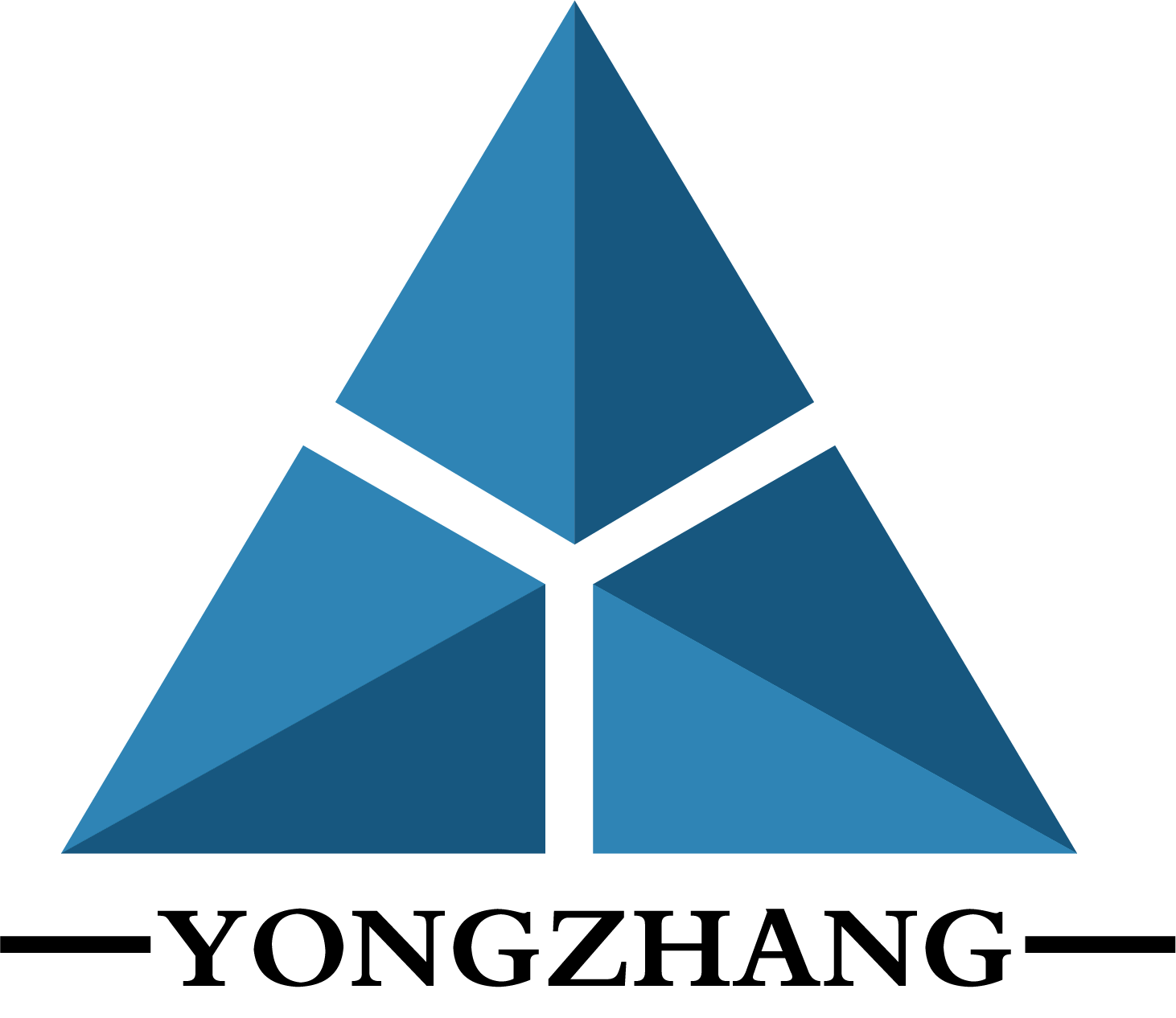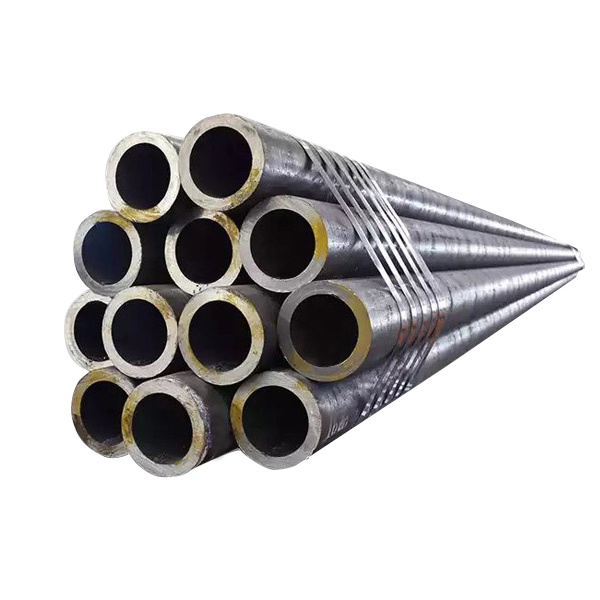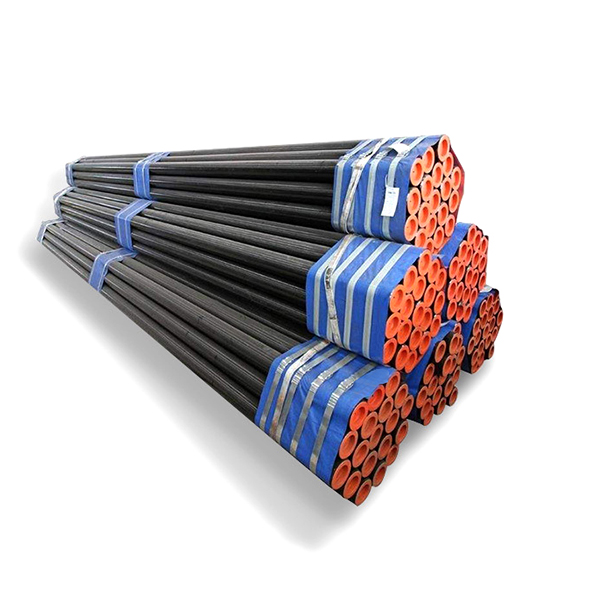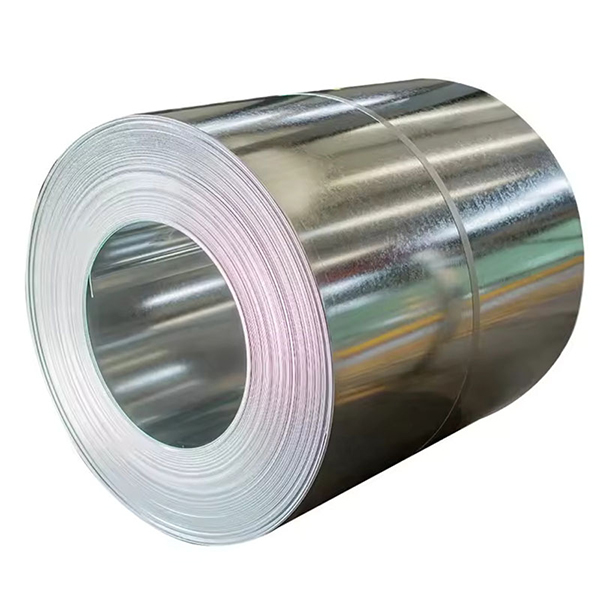Welded pipes and seamless steel pipes: Uses, Characteristics and Practical applications
In the steel industry, welded pipes and seamless steel pipes are two common and important types of pipes. Each of them has its unique characteristics and applicable scenarios. The correct selection and application of these two types of steel pipes are of great significance for ensuring the quality of the project and improving economic benefits.
Characteristics and Applications of Welded Pipes.
Welded pipe, as the name suggests, is a type of pipe made by rolling steel plates or steel strips into a tube shape through a welding process and then welding them together. Welded pipes have the following several notable characteristics:
1. High production efficiency: The production process of welded pipes is relatively simple and can achieve continuous and automated production, which greatly improves production efficiency.
2. Low cost: Due to the relatively simple production process and high material utilization rate of welded pipes, their cost is relatively low, making them suitable for large-scale, low-cost application scenarios.
3. Diverse specifications: Welded pipes can be produced in different diameters, wall thicknesses and lengths according to requirements, meeting various engineering needs.
Welded pipes are widely used in fields such as construction, Bridges, pipeline transportation, and mechanical manufacturing. In the field of construction, welded pipes are commonly used in parts such as steel structure frames, supports and guardrails. In the field of pipeline transportation, welded pipes are used to transport fluid media such as water, gas and oil.
Characteristics and Applications of Seamless Steel Pipes.
Seamless steel pipes are made through processes such as piercing, hot rolling, cold drawing or cold rolling, and there are no welds on their pipe walls. Seamless steel pipes have the following several notable characteristics:
1. Strong pressure-bearing capacity: As seamless steel pipes have no welds, their overall structure is more uniform, thus having a higher pressure-bearing capacity and being suitable for use in harsh environments such as high pressure and high temperature.
2. High precision: The inner and outer walls of seamless steel pipes are smooth, with high dimensional accuracy, making them suitable for applications with high requirements for fluid resistance and flow control.
3.Good corrosion resistance: Seamless steel pipes can adopt special materials and surface treatment technologies to enhance their corrosion resistance and extend their service life.
Seamless steel pipes are widely used in fields such as petroleum, chemical engineering, power, and nuclear energy. In the petroleum industry, seamless steel pipes are used in key parts such as oil well drilling and oil and gas transportation pipelines. In the chemical industry, seamless steel pipes are used in pipeline systems that are resistant to corrosion and high temperatures.
Selection of Welded Pipes and Seamless Steel Pipes in Practical Applications.
1. Consider the usage environment: Firstly, it is necessary to select the appropriate pipe materials based on the environment and usage conditions of the project. For instance, in high-temperature, high-pressure or corrosive environments, seamless steel pipes should be given priority. In general construction or low-pressure transportation scenarios, welded pipes are an economical and practical choice.
2. Pay attention to pipe specifications: Select the appropriate pipe specifications based on the project requirements. Both welded pipes and seamless steel pipes are available in a variety of specifications, including diameter, wall thickness, length, etc. When making a selection, the overall layout of the pipeline system and the characteristics of the fluid should be fully considered to ensure that the selected pipe materials meet the engineering requirements.
3. Pay attention to material quality: Whether it is welded pipes or seamless steel pipes, material quality is a key factor determining their performance and service life. Therefore, when choosing pipes, attention should be paid to the chemical composition, mechanical properties, corrosion resistance and other indicators of the material to ensure that the selected pipes meet the relevant standards and specifications.
4. Consider cost factors: Under the premise of meeting the engineering requirements, cost factors also need to be taken into account. Generally speaking, the production cost of welded pipes is relatively low and the price is relatively cheap. However, seamless steel pipes have a relatively high cost due to their complex production process. Therefore, when choosing pipes, a comprehensive consideration should be made based on the project budget and economic benefits.
To sum up, welded pipes and seamless steel pipes each have their own characteristics and applicable scenarios. In practical applications, a comprehensive consideration should be made based on aspects such as engineering requirements, usage environment, pipe specifications, material quality and cost factors to select the most suitable type of pipe. By scientifically and reasonably selecting and applying these two types of steel pipes, we can provide safe, reliable and economical pipeline solutions for all kinds of projects.





